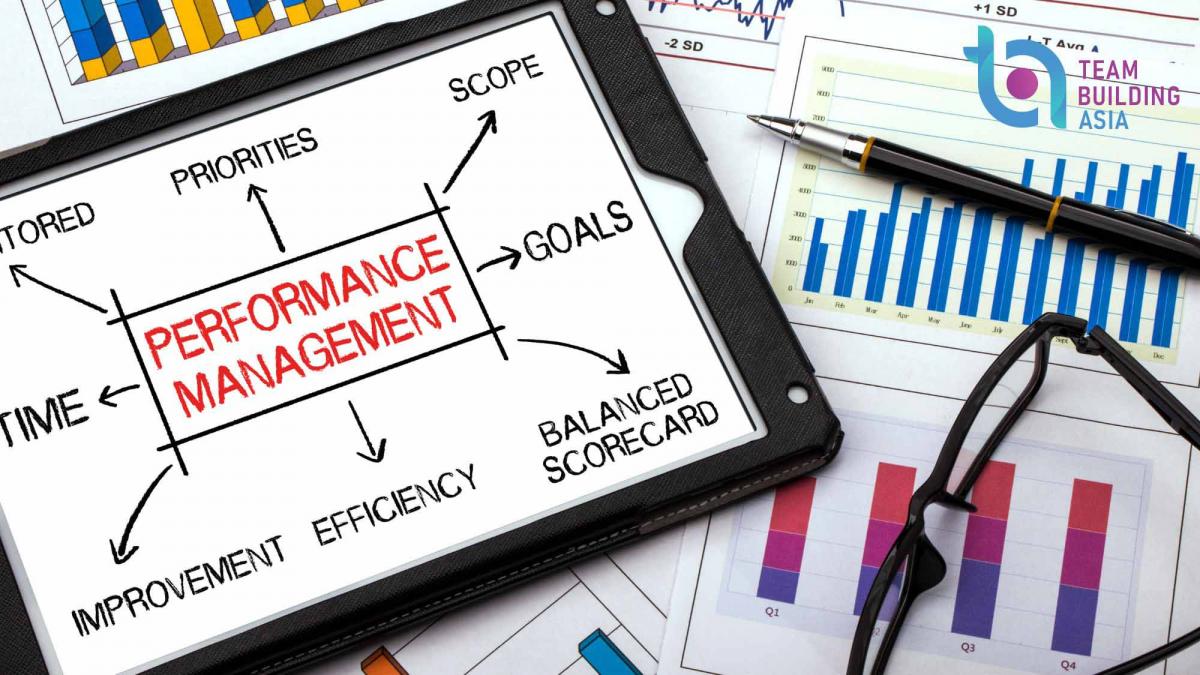The best way to ensure your organisational objectives are achieved in an effective and efficient way is through performance management. With performance management, organisations link their goals and objectives with their individual employees.
According to Berkeley Edu, performance management is "an ongoing process of communication between a supervisor and an employee that occurs throughout the year, in support of accomplishing the strategic objectives of the organization. The communication process includes clarifying expectations, setting objectives, identifying goals, providing feedback, and reviewing results.”
This suggests that performance management is a process that needs to be actively managed and is driven by organisational targets and results, often represented in KPIs.
Here are some tips for a successful performance management process:
- Create clarity
- Continuously communicate clearly
- Visualise information
- Define the nature of your organisation
- Leaders become facilitators
- Money alone doesn’t make happy
- Encourage continuous learning
Firstly, make sure that the strategies and goals are clearly defined for everyone in the organisation. Use the SMART method and ensure you spread the word. This way you naturally connect the interest of the organisation with individual employee interests.
Performance management is only sustainable with clear communication. It’s essential to regularly communicate about the progress of the process in order to improve the involvement of staff with achievements, objectives and the mission of the organisation. It also avoids conflict of interests.
It’s important to tell the right story so your people can easily remember what they are working towards. Visualise the information through infographics or other types of presentations that represent complex information in a simple way.
The secret to an entire organisation carrying out performance management is intrinsic motivation. To understand what motivates your employees, it’s important to define the identity of your organisation. Who are we? What do we stand for? What kind of people do we want to link to our organisation? What drives our employees?
Traditional top-down leadership does no longer work today. Modern, flexible organisations demand self-management, self-organisation and proactive initiatives on all levels. Managers should act as facilitators instead of deciders.
Even though a respectful salary is important, studies show that material rewards only have a limited influence on employees’ happiness. Performance management creates a reward strategy that also includes immaterial forms of rewards, good examples are autonomy, educational opportunities and team development investments.
Markets and work environments continuously develop due to technology. It’s important to offer your employees the possibility to learn new skills. Ensure that you create a culture of continuous learning.
As we established, performance management needs a lot of preparation and follow-up work, it also works best with input from invested employees and stakeholders.
We hope these tips will help you establish a good base for a performance management strategy and thus help your organisation in the future.




